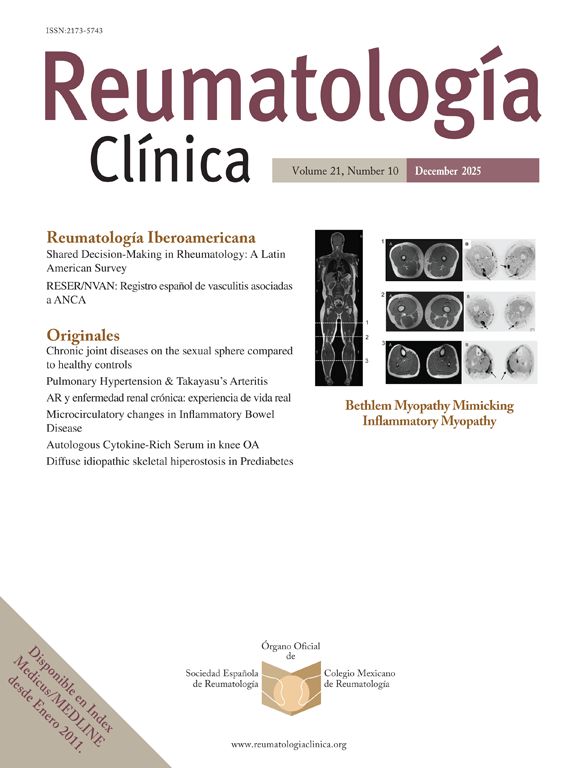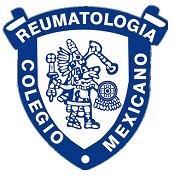We would like to share ideas on the publication “Cytokine storm in Chikungunya: Can we call it multisystem inflammatory syndrome associated with Chikungunya?”1. This article presents two severe cases of multisystem involvement and similarities to Multisystem Inflammatory Syndrome in Children (MIS-C) associated with SARS-CoV-2 that resulted from Chikungunya (CHIKV) infection in Paraguay. The patients’ symptoms included myocarditis, fever, rash, vomiting, stomach pain, and coronary artery abnormalities. Both patients had good clinical responses after receiving treatment with methylprednisolone and intravenous immunoglobulin (IVIG). In the article, it is questioned if this severe CHIKV infection-related symptom qualifies as a “multisystem inflammatory syndrome associated with Chikungunya.”
The absence of comprehensive data on the patients’ demographics, comorbidities, and outcomes after the initial treatment response is one of the report's weak points. It is difficult to completely comprehend the variables that might have influenced the severity of the CHIKV infection and the effectiveness of the given treatment in the absence of this information. Furthermore, the report skips over the underlying processes of the Chikungunya cytokine storm and how it can contribute to the multisystem involvement that develops in these cases.
More thorough investigations into the pathophysiology of severe CHIKV infection and its similarities to MIS-C, as well as the creation of uniform diagnostic standards and treatment guidelines, may be among the future avenues for this field of study. Effective collaboration among healthcare practitioners, researchers, and public health authorities can enhance comprehension and treatment of severe CHIKV patients involving several systems. Preventing and lessening the effects of future epidemics also depend on ongoing surveillance and monitoring of CHIKV outbreaks and related complications.
Ethical approvalFor this type of study formal consent is not required.
Informed consentFor this type of study consent for publication is not required.
Authors’ contributionHP: 50% ideas, writing, analyzing, approval.
VW: 50% ideas, supervision, approval.
FundingThis study was not supported by any funding
Conflict of interestThe authors declare that they have no conflict of interest.






